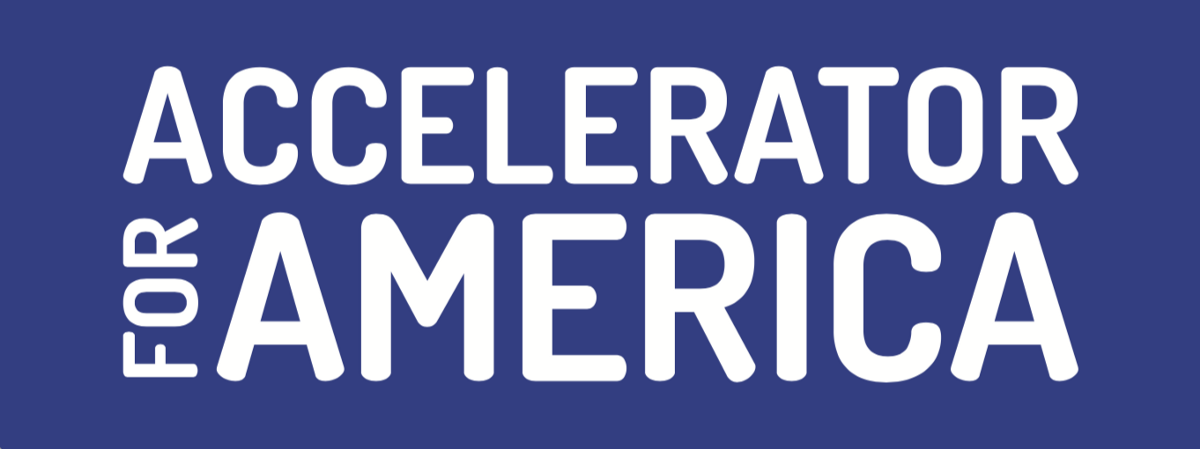How Cities Can Access New Climate Incentives
Today, the U.S. Department of the Treasury and the Internal Revenue Service released new proposed guidance on the Inflation Reduction Act (IRA) mechanisms for elective pay (also known as direct pay) and transferability. Through the IRA, tax-exempt entities, which include local, state and tribal governments, as well as non-profits, and other organizations that are exempt from income tax, can access clean energy tax credits. This means that city governments, and their non-profit partners, can directly benefit from these new tax incentives to advance energy generation and clean energy initiatives in local communities across the country.
The elective pay provision applies to 12 of the clean energy tax credits available under the IRA, including those that would support the purchase of clean fleet vehicles for city operations and the installation of solar generation. This includes credits related to Energy Generation and Carbon Capture, Clean Vehicles, Clean Energy Manufacturing, and Clean Fuels.
The proposed regulations clarify which entities would be eligible for each credit monetization mechanism, lay out the process and timeline to claim and receive an elective payment or to transfer a credit, and address a range of other issues that have been raised by stakeholders — including many of AFA’s local government partners — since the passage of the IRA.
The proposed elective pay regulations can be found here and transferability here. In addition to the Treasury and IRS press release, you can find FAQs and fact sheets that outline key information contained in the proposed guidance. You can also find helpful information on CleanEnergy.gov.
Treasury and the White House will host two stakeholder briefings on today’s guidance. These virtual briefings are open to all stakeholders, and it is recommended that you register in advance:
Thursday, June 15th at 12 noon EDT/9 a.m. PDT: https://pitc.zoomgov.com/webinar/register/WN_CsYDZ79zRfWDZVOgBq5HVw
Thursday, June 29th at 3 p.m. EDT/12 noon PDT: https://pitc.zoomgov.com/webinar/register/WN_n_QrgqNKQDqttJDf9DiuLA
The proposed rules for elective pay and transferability will each be open for public comment for 60 days, (until August 14), and the IRS plans to hold public hearings later this summer to provide further opportunity for stakeholders to comment.
As Accelerator noted in our April newsletter on “How Communities Can Maximize the Inflation Reduction Act”, which was written in collaboration with Bruce Katz and New Localism, the IRA is the largest legislative effort in U.S. history designed to accelerate the country’s transition to an alternative energy and climate future. This Act is remarkable not only for its ambitions but for its disproportionate reliance on tax incentives, a fundamental difference in structure from other recent legislation like the Bipartisan Infrastructure Law.
A community hoping to maximize the value of IRA funding will need to organize networks of beneficiaries, intermediaries, and stakeholders in ways that integrate areas of practice (e.g., renewable energy, talent preparation and housing development) that are often kept separate and distinct. We identified six (6) central strategies that, if implemented well, could harness the multi-sectoral and interdisciplinary networks that are key to IRA success.
These strategies are:
Establish a Climate Projects Action Team
Develop a Climate Investment Playbook
Add Capacity in Key Organizations
Deliver a Marketing and Outreach Campaign
Create a Climate Community Corps
Innovate on Financial Products
We are eager to support our network of cities as you pursue the opportunities stemming from the IRA, including those that are eligible for the elective pay mechanism. Please contact us if there is anything that we can do to support you!
Mary Ellen Wiederwohl
President & CEO
Accelerator for America


